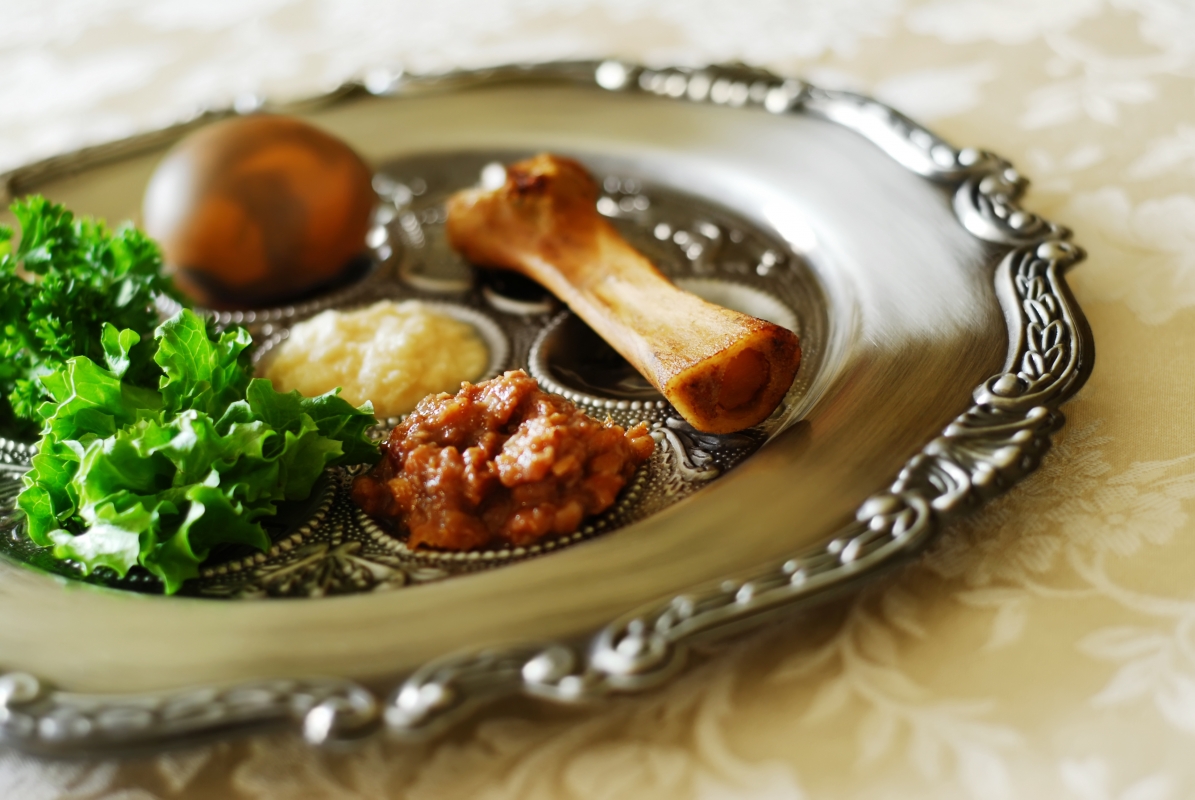And, there are those who add: The orange carries within itself the seeds of its own rebirth. When we went forth from the Narrow Place, Mitzrayim (Egypt), the Jewish people passed through a narrow birth canal and broke the waters of the Red Sea. As we women step forward to claim our full role in Judaism, we too can be full participants in a Jewish rebirth. Our place in Judaism will be as visible as the orange on our Seder plate.
All:
And thus we were born into the world. The wisdom of women who were midwives, like Shifra and Puah, made that birth possible.
From Our Community Women’s Seder, Milwaukee, WI. Used with permission of the authors.










